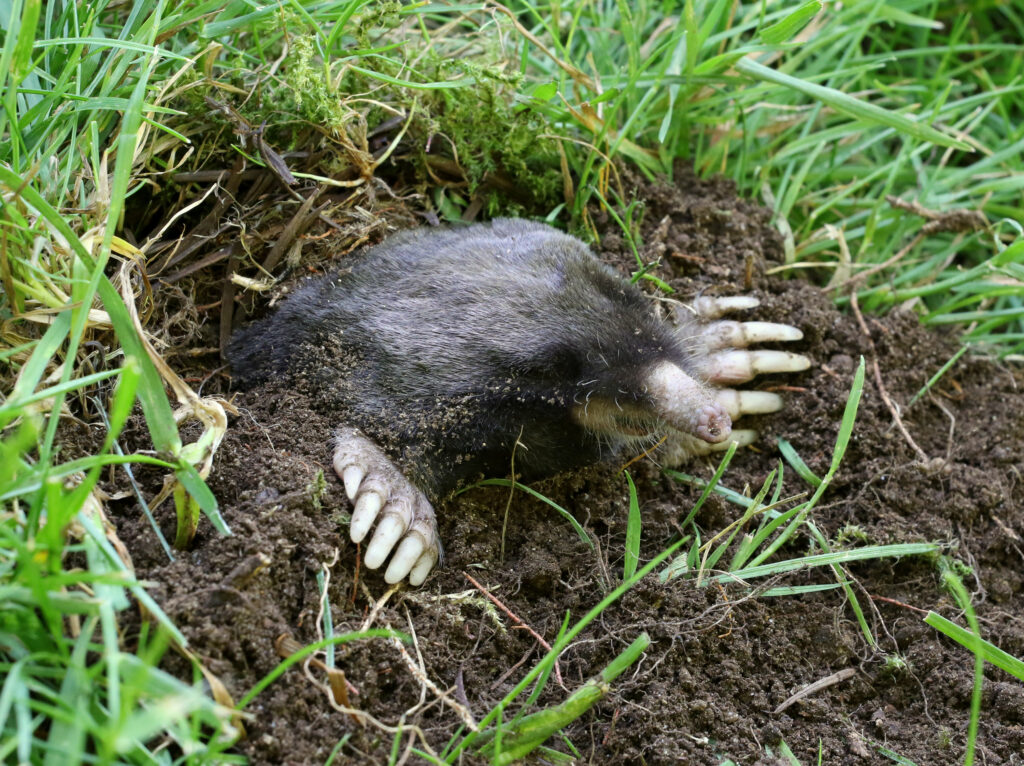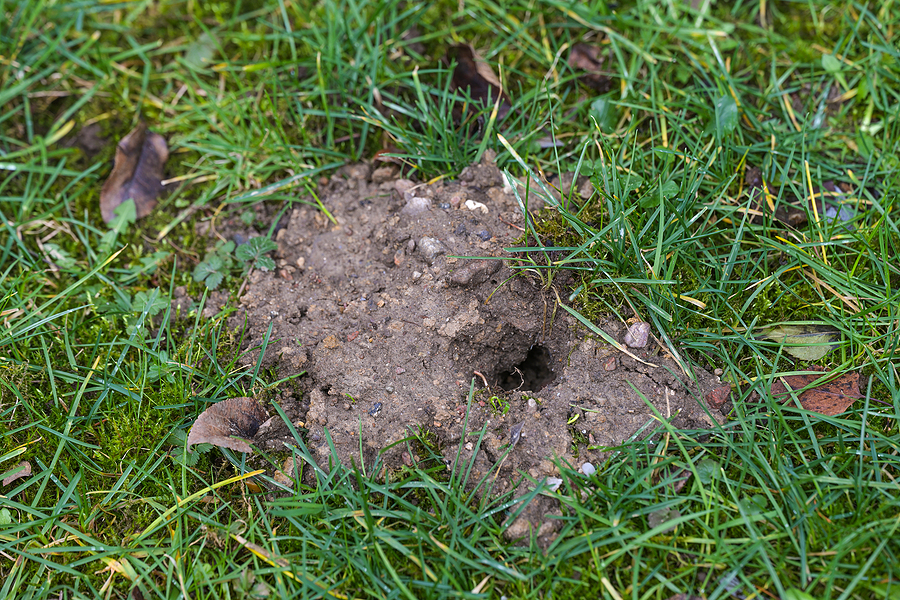Moles, particularly the European mole, are fascinating creatures that are often misunderstood. These elusive soil diggers are shrouded in mystery, spending most of their lives hidden away under the ground. Despite their reclusive nature, their presence is usually marked by the distinct mole damage that can be seen across lawns and fields.
In this blog post, we delve underground to unearth the unique characteristics of moles, demystify some common misconceptions, and discuss effective mole control strategies. Join us on this exciting journey as we go beneath the surface to explore the captivating world of these subterranean creatures.

The Life of a Mole
Moles are small, cylindrical mammals that belong to the Talpidae family. They are found in many parts of the world, with some species native to Europe and others endemic to North America. The European mole is among the most well-known species, inhabiting much of western and central Europe. These moles have short, dense fur that ranges in color from black to grayish-brown, allowing them to blend in with their underground surroundings. They also have large front paws with sharp claws, perfectly adapted for digging through the soil.
Moles are solitary animals that spend most of their lives underground in a complex network of burrows and tunnels. The European mole is known to dig up to 20 meters of tunnels per day, creating an intricate system for feeding and sheltering. These tunnels can be found at various depths, depending on the season and food availability. In winter, moles tend to dig deeper as they search for earthworms that burrow deep into the ground to escape the cold weather. However, in warmer months, moles can be found closer to the surface where they feed on insects and their larvae.
Myths vs. Facts
Moles have long been considered pests due to the damage they can cause to lawns and crops. However, there are many misconceptions surrounding these creatures that need to be debunked. One of the most common myths is that moles are blind. In reality, they have small eyes and poor vision, but they can still detect light and movement. Moles also do not eat plant roots as commonly believed; their diet consists mainly of insects and earthworms. Additionally, moles are not rodents but belong to a separate family altogether.
Controlling Mole Damage
While moles may play a vital role in aerating and enriching the soil, their presence can also be problematic for homeowners and farmers. The extensive network of tunnels they create can damage plants’ root systems and make it challenging to maintain a smooth lawn surface. Fortunately, there are various mole control methods available, including both humane and lethal options. Some effective strategies include using traps, repellents, or natural predators such as owls or snakes. It is essential to research and carefully consider the best approach for your specific situation before taking any action.
Conclusion
Moles may be elusive and often misunderstood, but they are remarkable creatures that play a crucial role in the ecosystem. By understanding their behavior and debunking common myths, we can learn to coexist with these soil diggers peacefully. If you encounter mole damage on your property, remember that there are various humane ways to control their population without harming them. With proper knowledge and management techniques, we can appreciate the fascinating world of moles while still maintaining a healthy environment for all. So, let’s continue to unearth facts about these soil diggers and spread awareness about responsible mole control practices.
Are you interested in getting rid of animal moles the right way, but more importantly, and FAST? Contact Mole Miners at 629-277-0933 for TWRA licensed and insured animal mole removal in Nashville, Tennessee. We serve all greater Nashville areas. Request a free estimate, today!
Related Posts:
Ground Moles: The Ultimate Guide to Protecting Your Yard
Moles in Your Garden: Friend or Foe?
How to Identify and Get Rid of Lawn Moles

